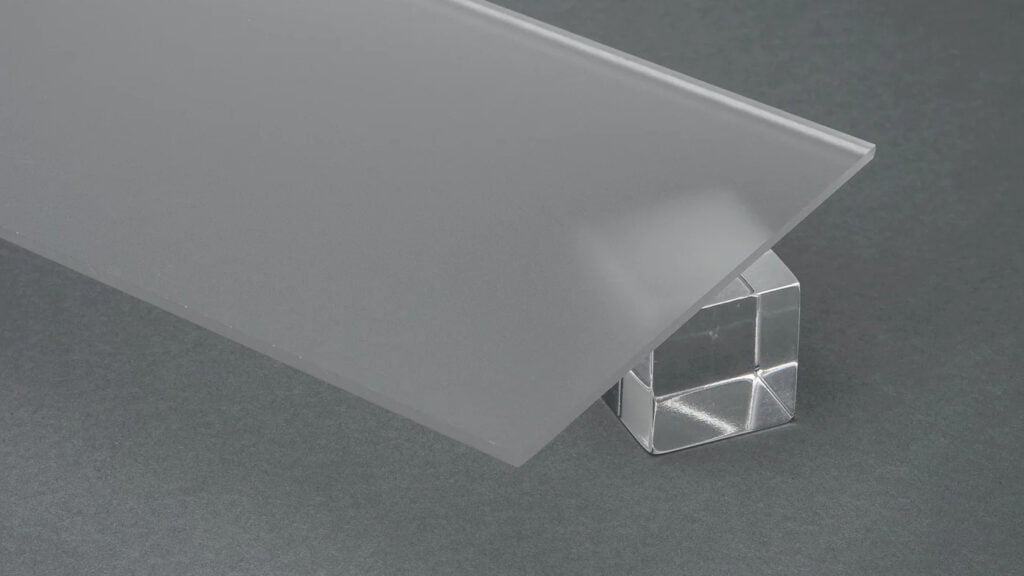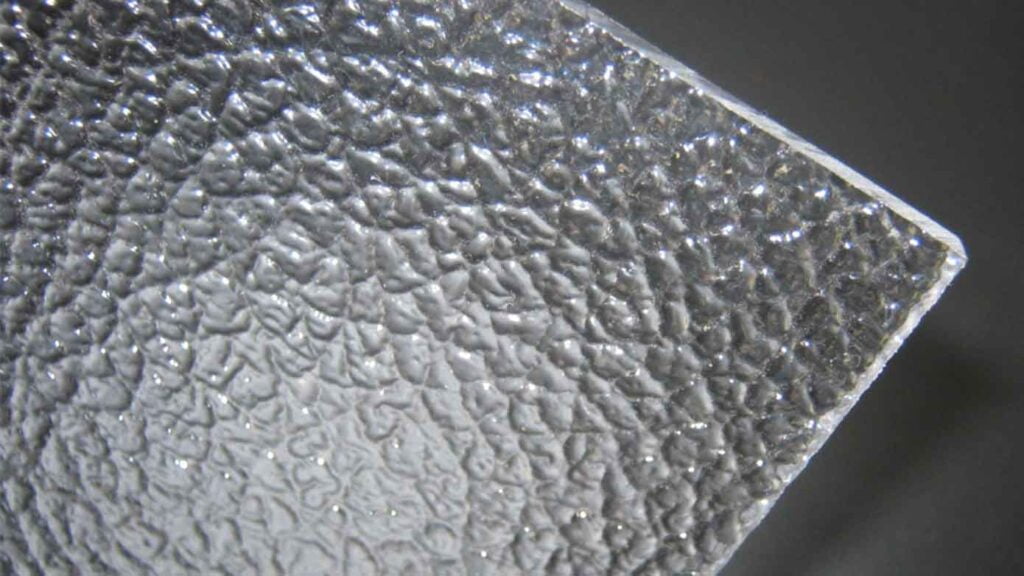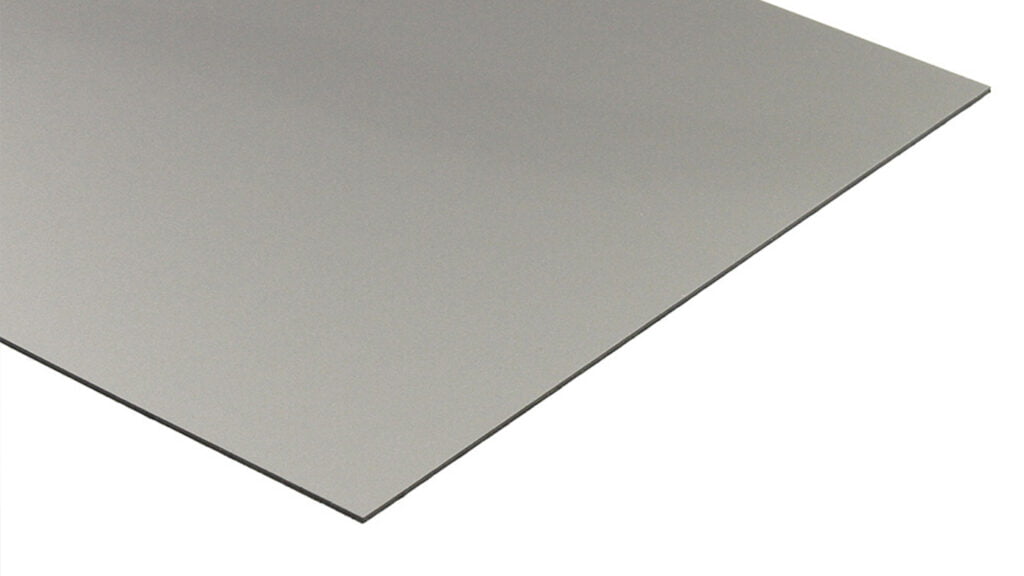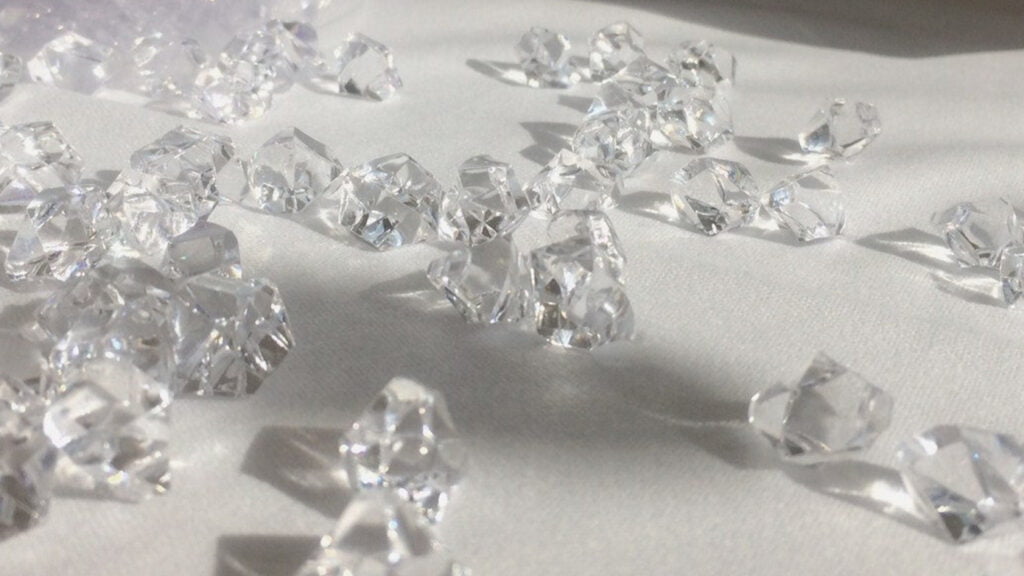Introduction
Acrylic, as a versatile material, has been widely used in many fields. This article will explore the various effects and applications of acrylic surfaces, revealing the infinite possibilities of acrylic.
Table of Contents
Main Text
Acrylic (polymethyl methacrylate or PMMA) is a plastic material with excellent properties. Its high transparency, chemical stability, and good mechanical performance make it an ideal choice in many fields. The surface effects of acrylic are diverse, and it can maintain its transparency or present various special effects through different processing techniques. In this article, we will explore the various effects of acrylic surfaces and their applications.
Transparent

Acrylic’s high transparency and shatterproof nature make it an ideal substitute for glass. The transparent acrylic surface presents a clear and transparent effect, which can create a feeling of transparency. Transparent acrylic has a wide range of applications in display cabinets, windows, lamps, and other fields.
Matte

The matte acrylic surface is treated through sandblasting, spraying, or chemical etching, presenting a semi-transparent effect similar to frosted glass. This processing technique gives acrylic excellent performance in privacy protection and light filtering, making it widely used in privacy barriers, lampshades, and other fields.
High Gloss

The process and polishing treatment of acrylic sheets make its surface present a high gloss, making it look smoother and brighter. This processing technique endows acrylic with a high-end temperament, making it have a higher value in high-end product displays and decorations.
Embossed

Different textures of embossed patterns are applied to the surface of acrylic to give it a special visual and tactile effect. The concave and convex texture of embossed acrylic adds a sense of hierarchy and three-dimensionality, making it have high practical value in decoration, furniture, and other fields.
Colored

Adding pigments, and gold foils during the production of acrylic sheets, or spray coating later, can make them present various rich colors. Colored acrylic can meet various design requirements, whether it is bright colors or soft tones can be easily achieved. Colored acrylic has a wide range of applications in making advertising signs, decorations, and other fields.
Metallic Effect

Coating acrylic surfaces with metallic pigments or films gives them a metallic texture. The metallic effect of acrylic presents a modern and high-end feeling, suitable for high-end product displays, decorations, and other applications.
Mirror Effect

By coating the back of acrylic with high-reflective materials, it presents a mirror effect. Mirror acrylic not only has excellent reflection performance but also has high impact resistance, making it an ideal choice for makeup mirrors, decorations, and other occasions.
Composite

Materials Acrylic can be combined with other materials (such as metal, wood, fabric, etc.) to present unique surface effects and performance. Composite acrylic can exert infinite creativity in various design fields, creating unique works.
Pearl Effect

Adding sparkling powder to acrylic presents a unique pearl effect on the surface. Pearl acrylic is suitable for high-end product displays, decorations, and other occasions, adding elegance and sophistication to traditional acrylic materials.
Gradient

Coating or infiltrating acrylic surfaces with gradient color pigments presents a gradient color effect. Gradient acrylic has extremely high visual appeal in decoration, advertising signs, and other fields, adding fashion and vitality to the space.
3D Effect

Through special processing techniques (such as laser cutting, engraving, etc.), a three-dimensional pattern and texture can be created on the surface of the acrylic, presenting a 3D effect. 3D effect acrylic can be used in artworks, decorations, and other fields, bringing a new visual experience to traditional acrylic materials.
Ice Crystal Effect

By applying a special processing method, the acrylic surface presents a transparent effect similar to ice crystals. Ice crystal-effect acrylic has a unique texture and visual effect, suitable for decorations, lamps, and other occasions, providing designers with more creative inspiration.
Conclusion
The treatment and effects of acrylic surfaces are rich and diverse. You can choose the appropriate acrylic effect according to your needs and design requirements. From high transparency to color, from simple embossing to three-dimensional 3D effects, the wondrous world of acrylic is overwhelming. Through continuous exploration and experimentation, you can definitely find your unique charm in acrylic materials.
As a versatile material, acrylic not only has a wide range of applications in traditional fields such as display and decoration but also presents infinite possibilities in art creation, architectural design, and other fields. With the development of technology and the improvement of people’s aesthetic needs, the application of acrylic materials will become more diverse, bringing more beauty and surprises to our lives.
Finally, I hope this article can provide you with a comprehensive understanding of the surface effects of acrylic and inspire your interest and enthusiasm for this material. If you have any other questions, please feel free to ask, and we will be happy to answer them. Let us explore the wondrous world of acrylic together and create more wonderful works!





